The in-your-face, status-shouting value of owning a Bugatti Chiron or a Pagani Huayra is undeniable. You’re practically guaranteed a front-row valet spot and a crowd of admirers anywhere you go. In the right setting, however, that crowd can quickly be pulled away from even the most rarefied exotic. Let’s say someone shows up in something like a perfectly preserved early Volkswagen Scirocco, rust-free and complete with shiny original paint and funky plaid seats. The old VW is now the most interesting thing on the block. I’ve seen this scenario play out multiple times at car shows, and the massive crowd shift drives the supercar owners bonkers. There’s clear, crowd-pleasing power in owning a time capsule, an extraordinary example of an ordinary car.
My recent purchase of an insanely nice 1978 Porsche 924 is driving this point home to me. Of all the Porsches that suffer from “not-a-911” syndrome, the 924 gets hit the worst. It’s not even close. Sure, the 914 garnered its share of hate, but at least it has tons of Porsche DNA. The front suspension and some of the interior fittings are pure 911. And most importantly, it’s air-cooled, and there was also a Porsche flat-six engine option.
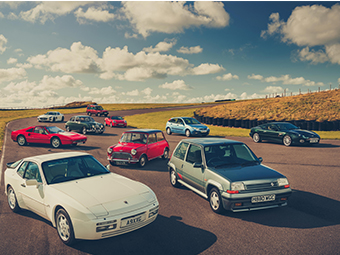
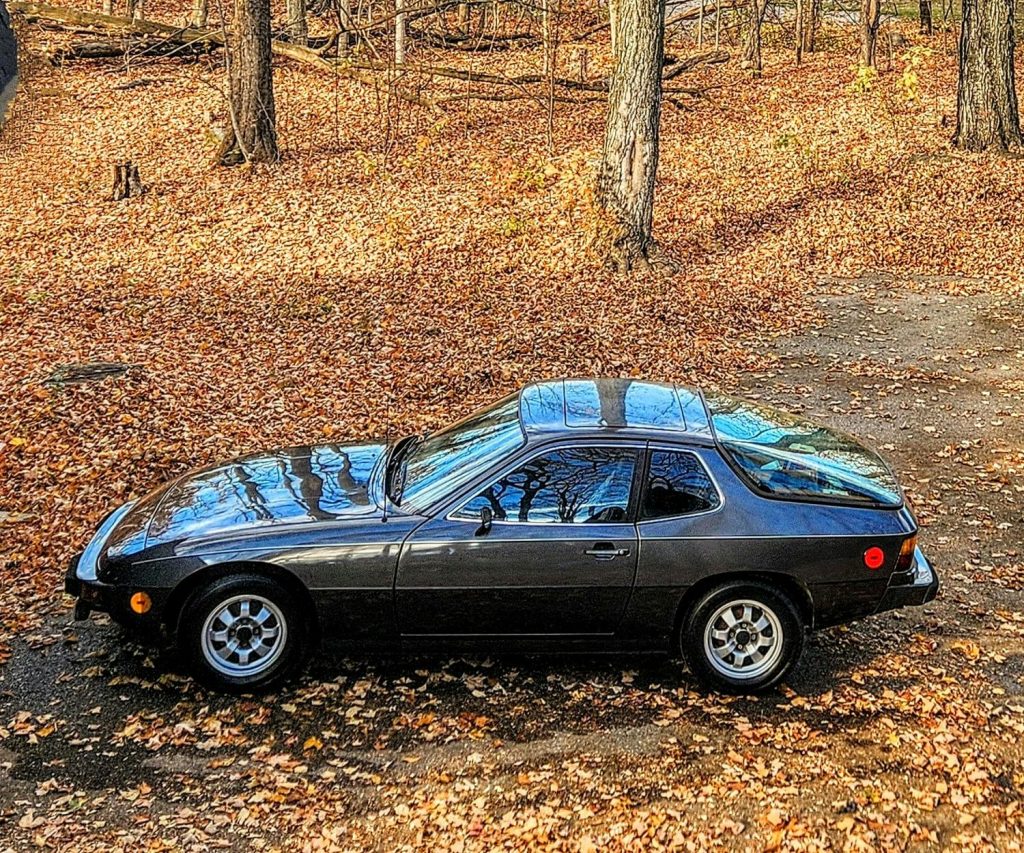
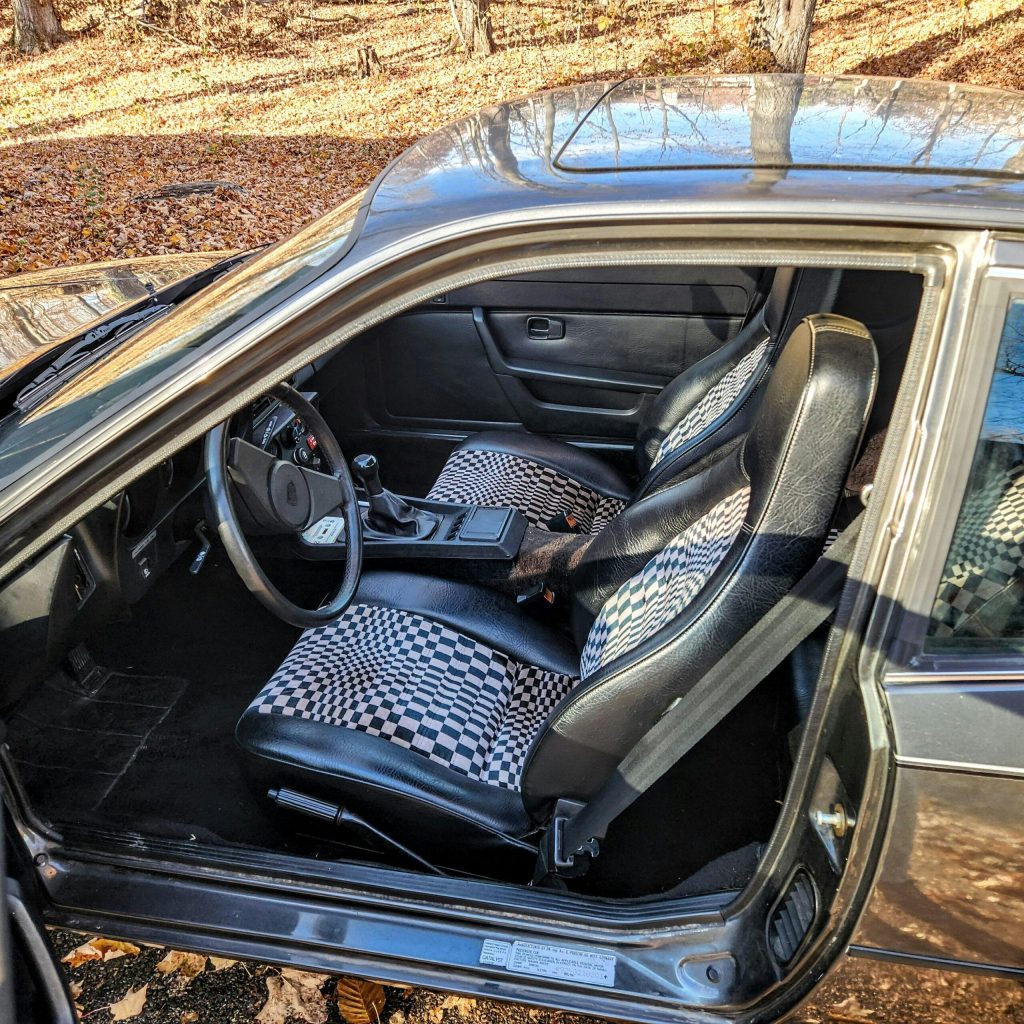
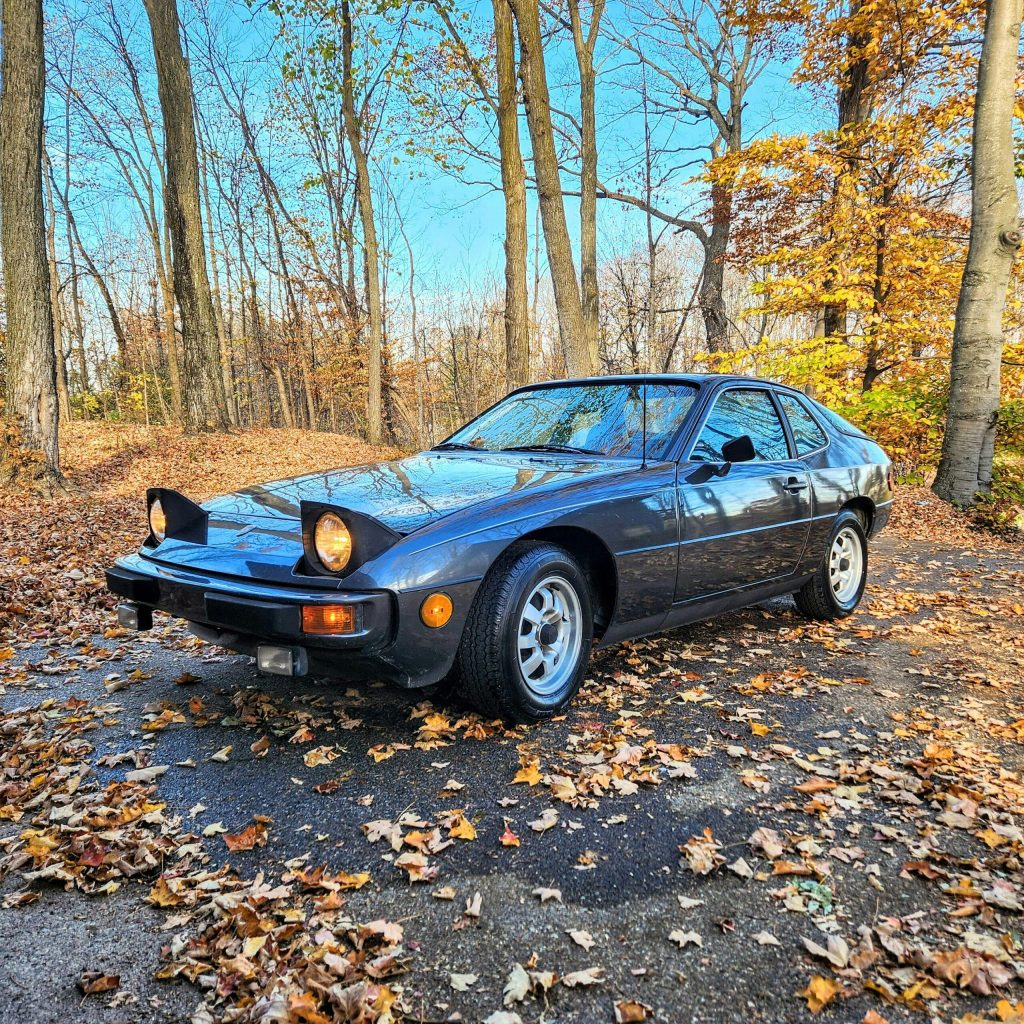
The 924, on the other hand, was a VW/Audi sports car project that died on the vine. Porsche did the design work on the car and then took it over as its new entry-level offering upon its abandonment by VW. Most 924s were used, abused, and discarded. At the average Porsche event, you have a far better chance of seeing a 959 or a Carrera GT than a pristine original 924. And that, in a nutshell, is a large part of how owning a nice example of a fairly “ordinary” vintage car has a huge appeal. Yes, Porsche sold 924s in six-figure quantities, but that was decades ago, and attrition means they’re actually quite rare today.
While the collector car world tends to judge “rarity” based on production numbers, it’s the survivorship numbers that tell the real story. I’d wager that there are fewer truly good-quality examples of the 924 in the UK than there are Carrera GTs. With the exception of some high-profile accidents, most of those Carrera GTs are still with us, while the vast majority of the 924s sold in the UK have been recycled, perhaps several times over.
Another significant part of the appeal of owning a great example of an unremarkable car is the fact that they’re infinitely more relatable. For a brief period of time, I owned a crazy nice Volvo 940 Turbo estate. In addition to the fun I had with its easy wrenchability and the solidity of an Easter Island moai, the relatability of cars like this is off the charts. I lived in suburban Washington, D.C. at the time, and it seemed like at least one person at every gas station had memories of being toted to their prep school in the back of one. Some even had relatives who were original owners still in possession of their classic boxy Volvo estate from the 1990s. It was a multiple RADwood attendee where it never failed to gather its share of admirers.
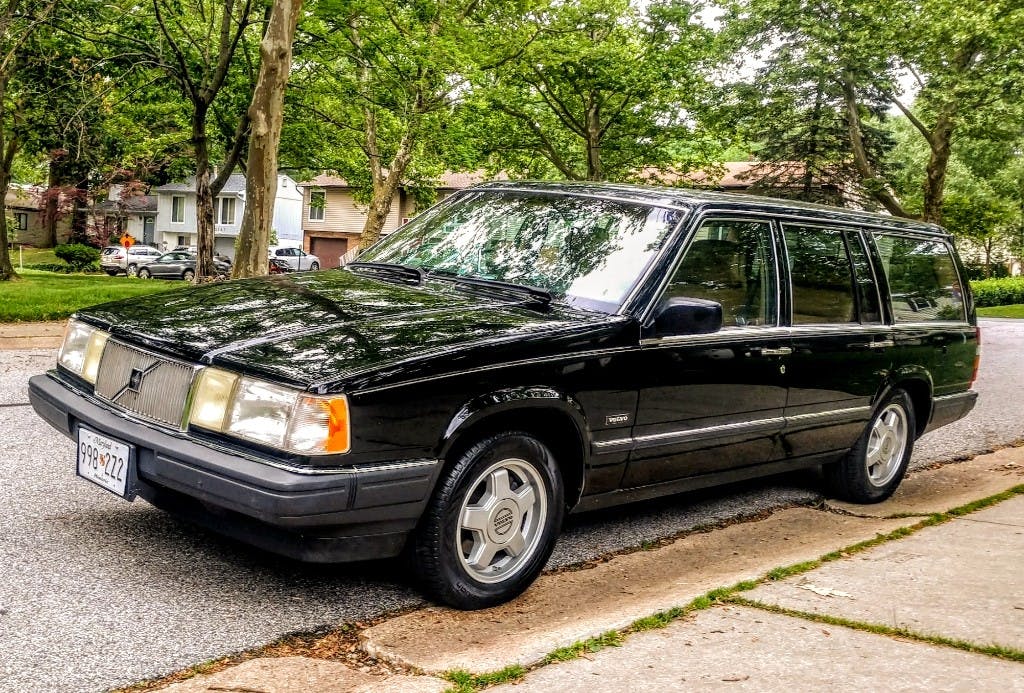
Cars like this weren’t anything particularly special 30 years ago, but they certainly are now. Over the course of my life, I’ve owned some really lovely, and often rare, cars like a Ferrari 308, a Jaguar E-Type, a Lotus Esprit, and a Porsche 911 Turbo. None have succeeded in gathering more attention and good-natured conversation than that militantly rectilinear Volvo.
Finally, the backstory of a well-preserved but fairly ordinary car is almost always compelling. The how and why that explain a car’s unlikely survival and state of preservation are generally interesting and sometimes even inspiring. We react to a perfect, low-mileage Allegro in much the same way as we do to an unopened can of pork and beans from the late 19th century – with a sense of curiosity and amazement. And if you know some of your car’s backstory, it’s always fun to play detective and try to piece more of it together.
Need more proof of the allure of a well-preserved disposable car? In just 10 years, Hagerty’s Festival of the Unexceptional has become one of Europe’s most beloved car shows. But don’t just take my word for it; here’s what Rush magazine had to say about FOTU and the cars therein: “Never will you experience an automotive palate cleanse that leaves you with a warm fuzzy feeling as you do at this show. It shows that this hobby really can cater to everyone and that there is always a car that’ll be special to someone.”
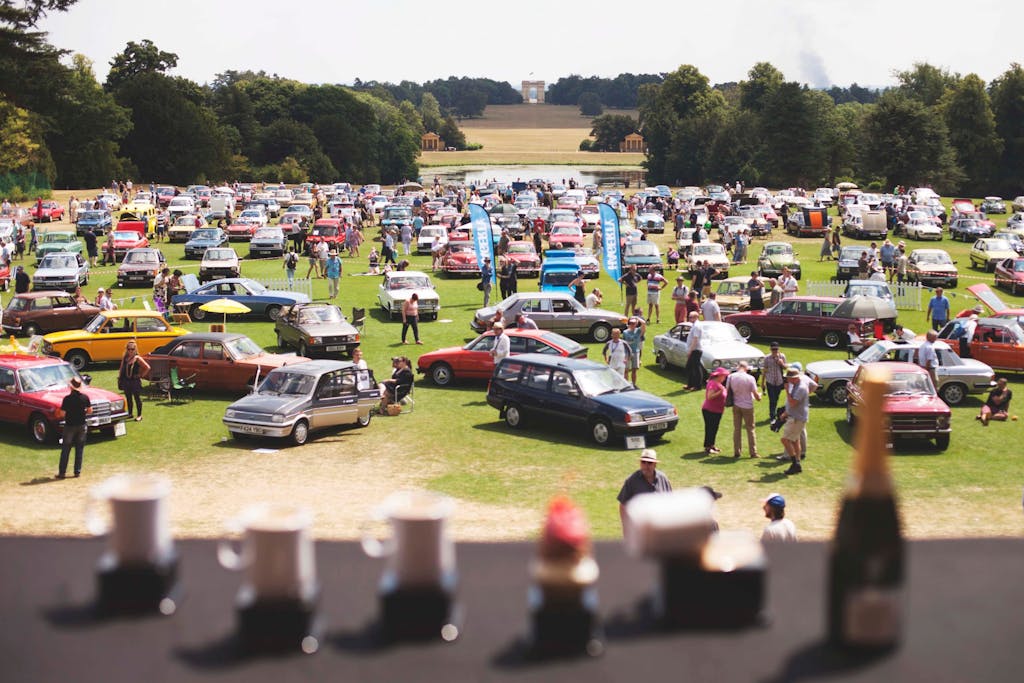
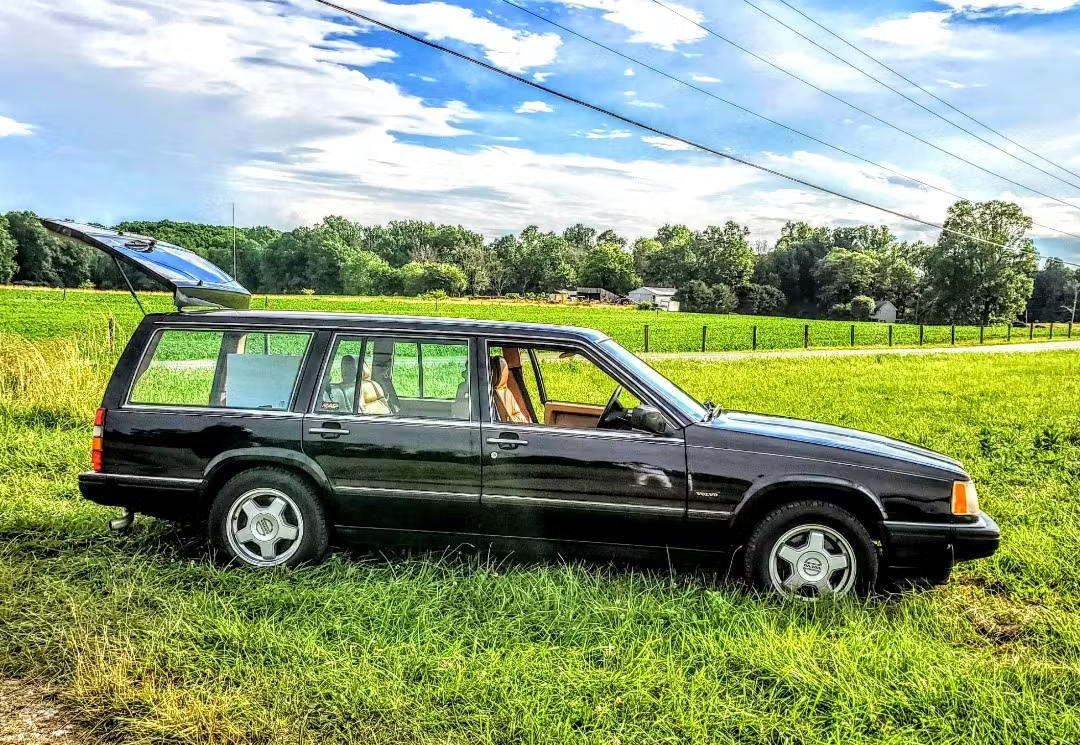
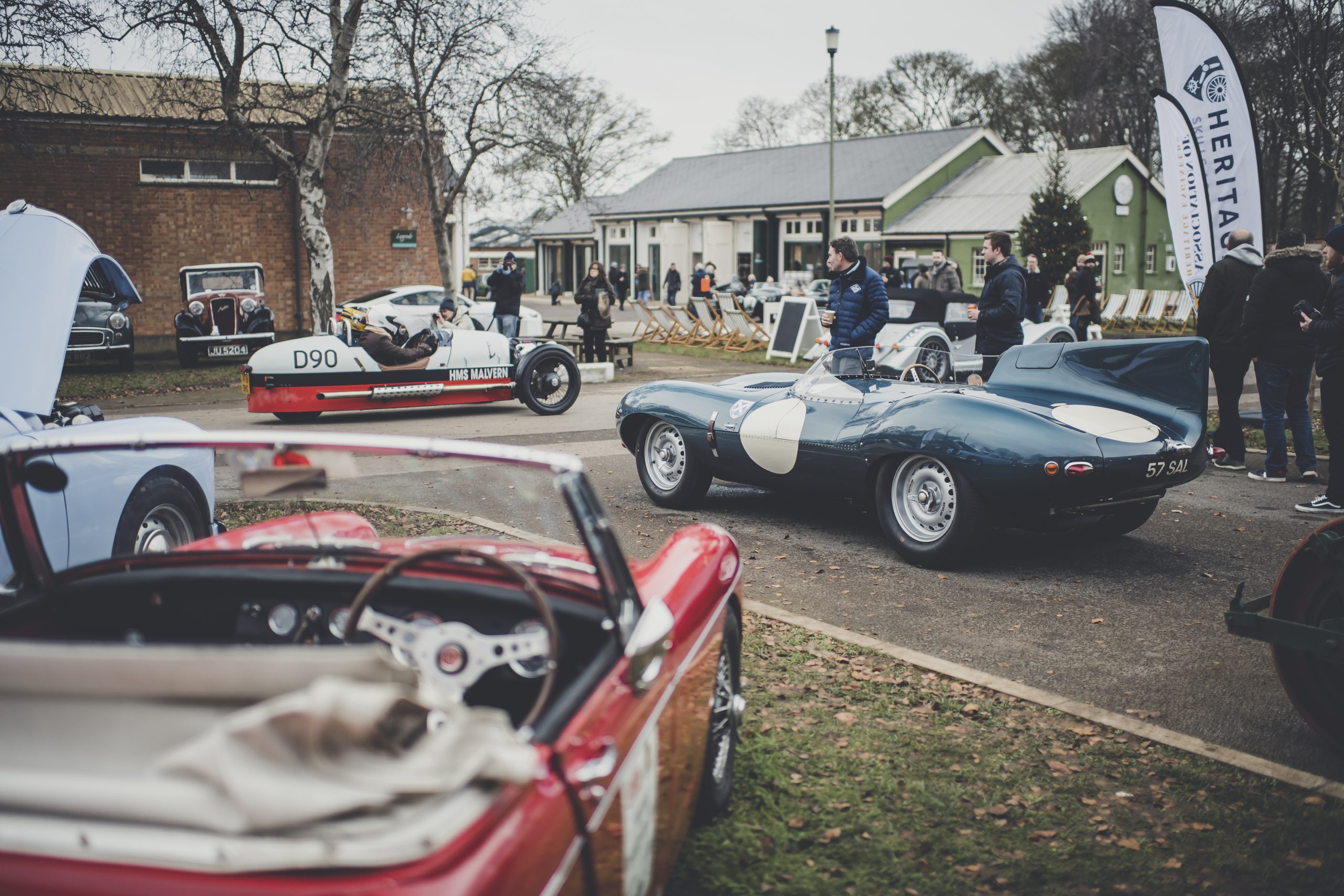


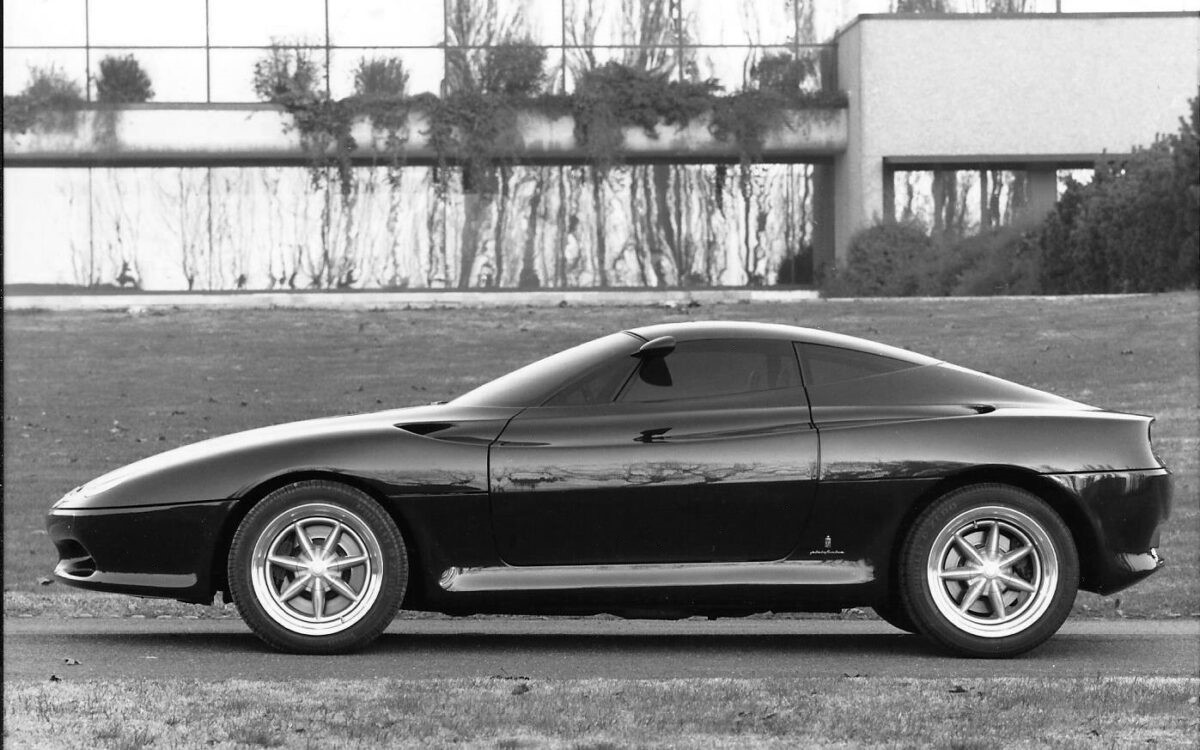

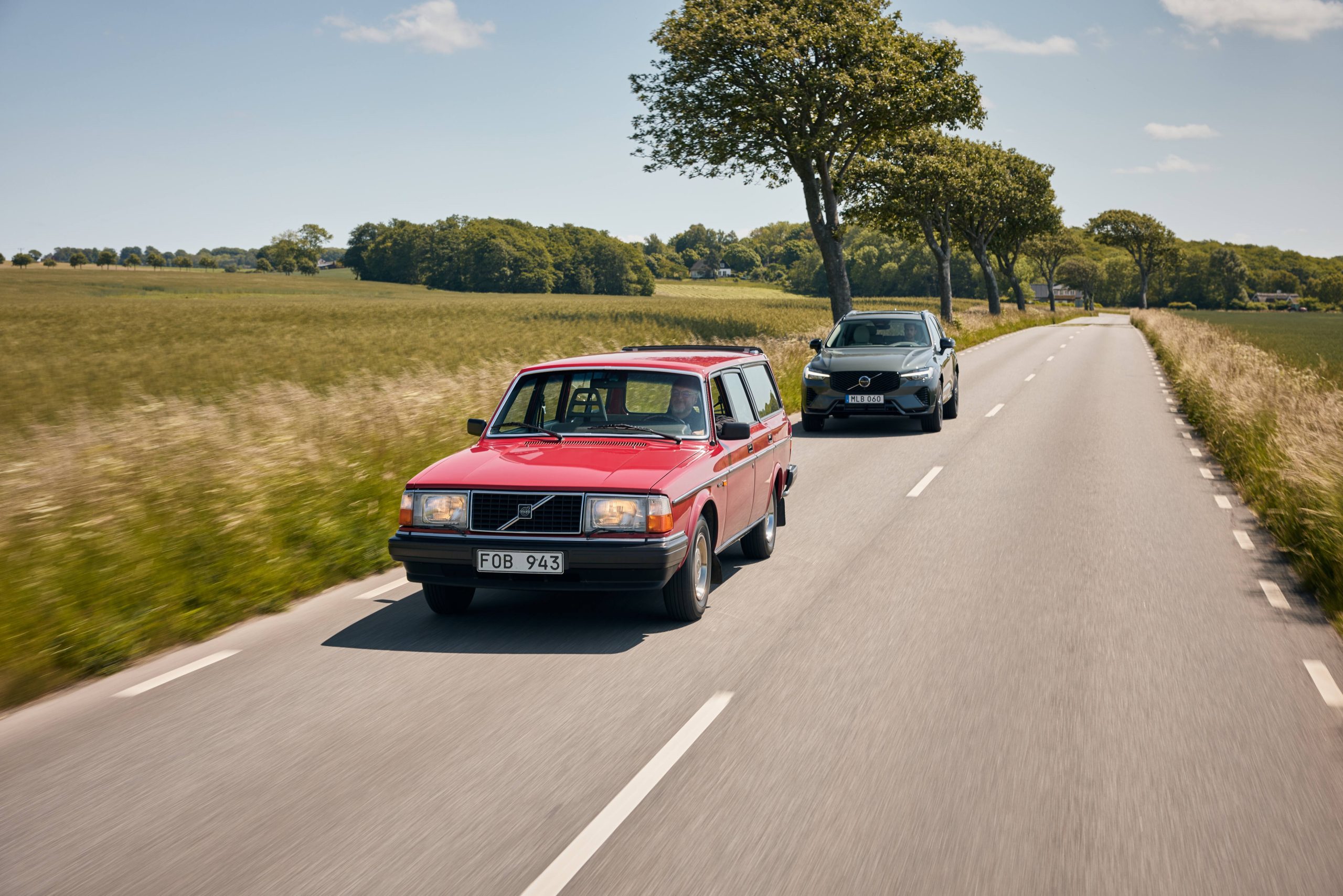
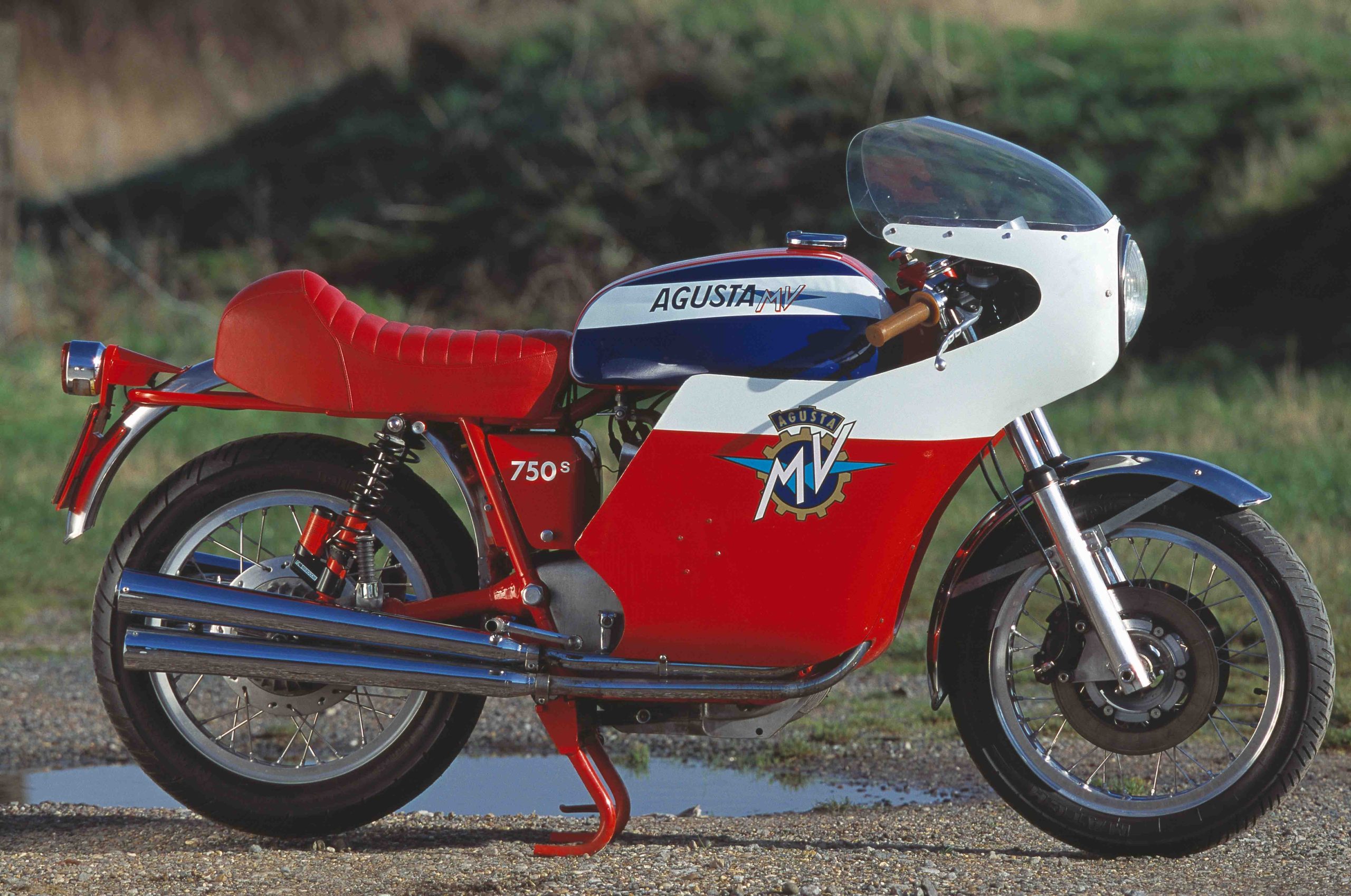

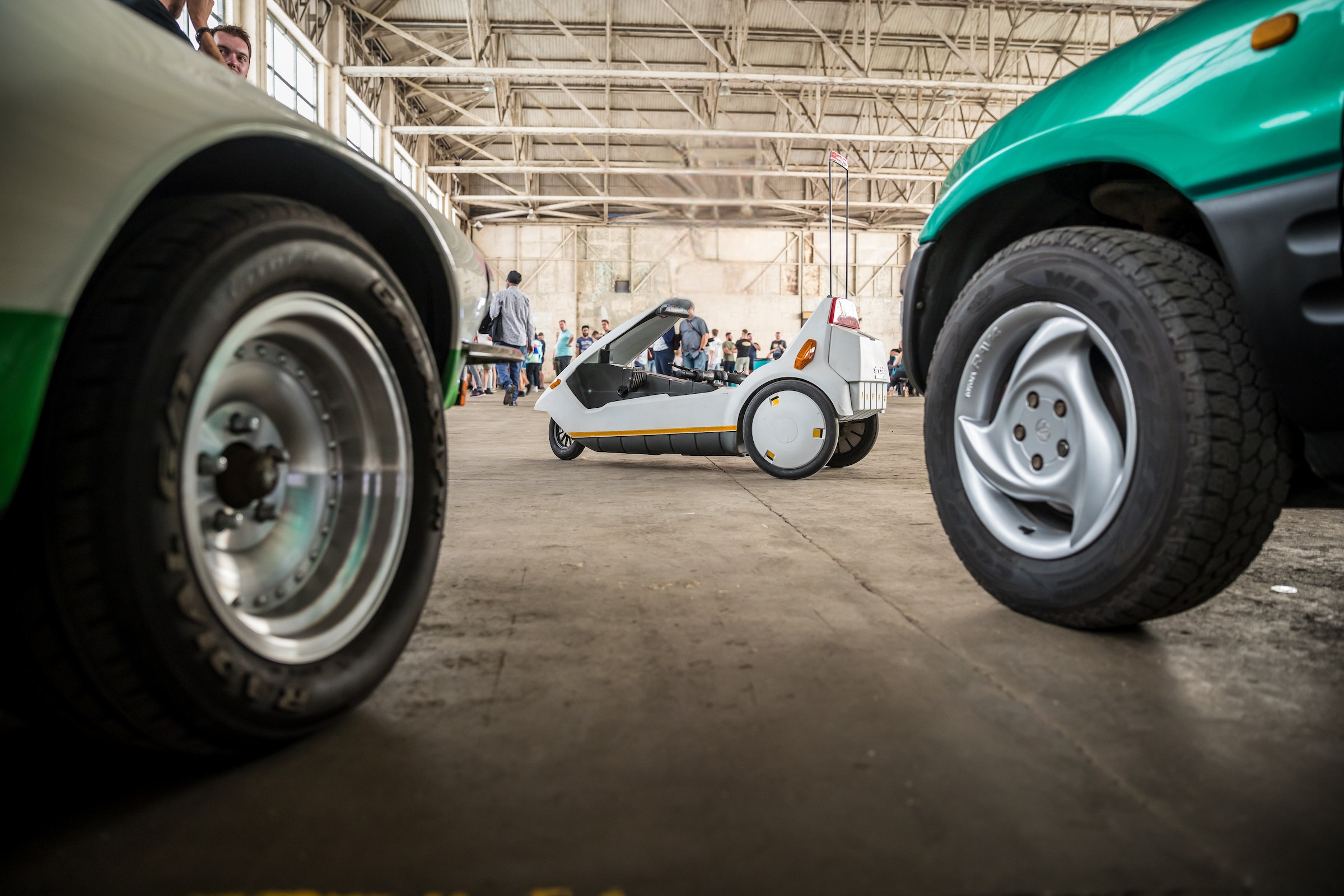
This article echos my own thoughts on the subject. Traditional classic cars are often sought after for their rarity, exorbitant costs and usually something very fast. But then the reviewers say how cantankerous they are, poorly built, hideous to drive but great. My take is classic is what you want it to be what is does for you, do you like it, does it have personal meaning etc, irrespective of its value or rarity of turn of speed. What a great piece.
Got a 1990 Volvo 240 sedan with an LS V8 (LM4 5.3L) and T56 6MT swap. Wish I could share the love and let everyone who loves boxy old Volvo’s (who aren’t purists) drive it. Perfect daily
It’s often about that sweet spot… was once omnipresent, is now rare as hen’s teeth.
Within the car enthusiast community anyway. I do think many people remain confused by the appeal of a ‘rare but normal’ car. You could park a Volvo 940 in a town centre and it wouldn’t stand out. A Maserati Mexico or Carrera GT would stand out. They are very aspirational.
I’ve always had different priorities, not based on aspiration. When I was a kid it was the 924 I lusted after – the shape drawing my eye, not the price tag. My friends thought I was weird. I’ve since owned a couple and they are fabulous cars for the casual mechanic, especially the 2.0. And very nice to drive. I grew a bit tired of ‘not a proper Porsche’ comments, but this was actually beside the point – I had enthusiasm for the 924, regardless of its place in an irrelevant pecking order.
I’ve just bought a Peugeot 205 GT. A non-car-enthusiast neighbour looked at it somewhat aghast and just said, albeit in good spirit: “WHY!?” Because I kind of fell for it… rarity, looks, condition, the way it drives, and all the other points made in this article. I just said “because I really like it” and left it at that.
When was a Porsche 924 air cooled??
It wasn’t.
anything old school is interesting and worthy of appreciating its character, design, simplicity and retro charm
I drove a Porsche 914 for a couple of years, always appreciating the way in which it made the 011 look like a family saloon. I innocently went to a Porsche Club meet where a loud oaf shouted to all and sundry ‘Look. a 914! I paid more for my wheels than that’s worth’. End of contact with the club.